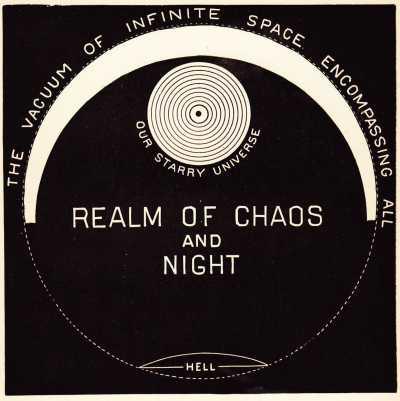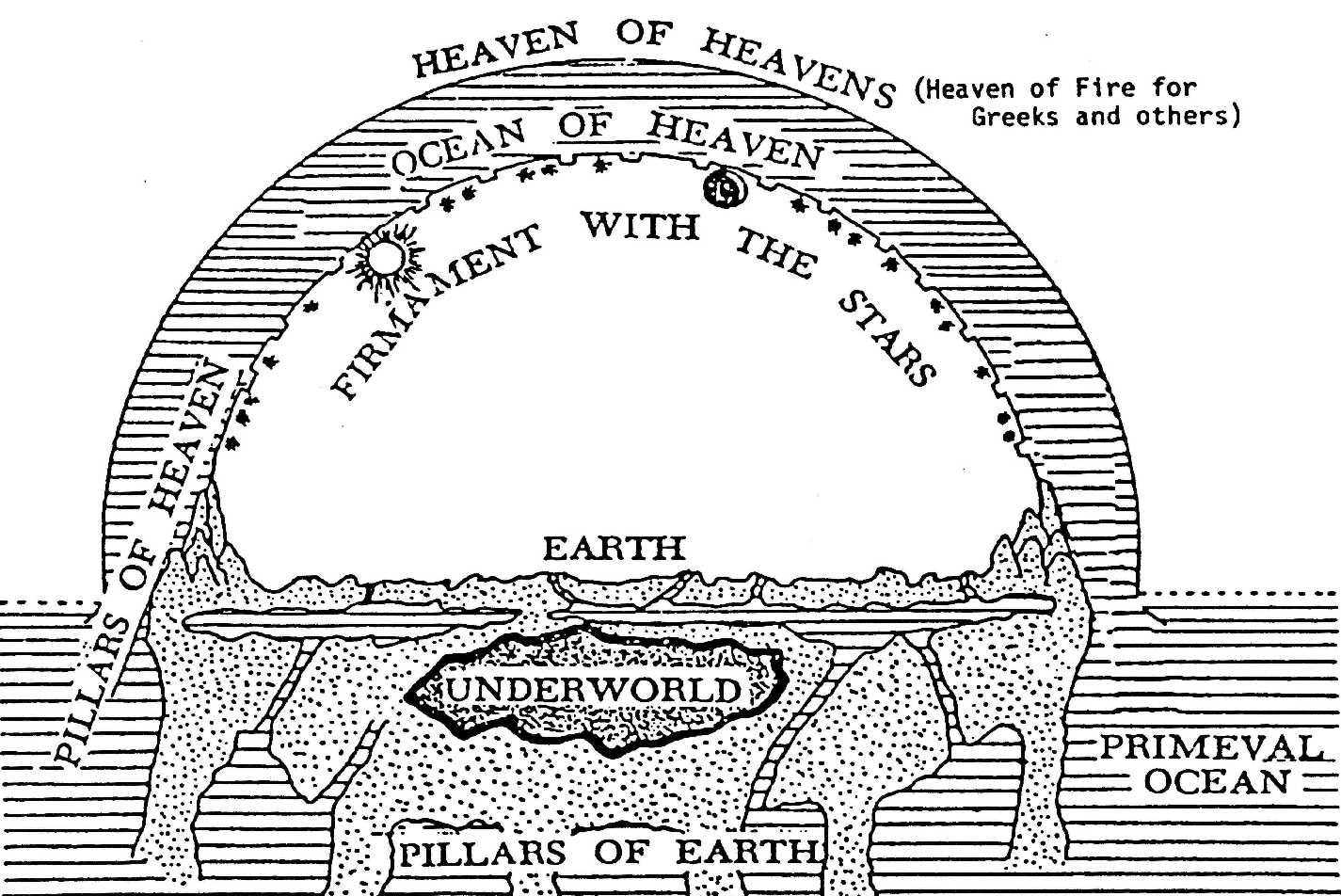I've said it before, but I'm not totally sold on the Miltonian hypothesis. However I have to agree that it is clear that someone (most likely MB) put an awful lot of effort into the Codex and used comparable Miltonian mythology/cosmology in ED system naming/placement. Now that must have been done for a reason, it could be just using extant info for system naming, but the location matching does seem to go deeper...It’s evident that your interpretation is your conceptualisation, given the visual cues available to you. And that’s valid, no one here is attempting to discard that. Every concept here is justified. I think what we are asking for is not for you to justify it, but to provide context, so it can be compared and assessed.
Different people see things differently.
For instance, when I see the first circle I see this image. But I maybe wrong?
View attachment 387004
Speculating upon the left hand circle some more, abstractly, the blue zones could simply be artistic license, or it could be intentional.
Either way the blue in the garden certainly depicts water in my opinion; that graphic element is used throughout the garden designs and is an obvious representation of some universal water effect/feature, the mosaic effect I presume to be intended to be / well, an a-typical mosaic effect used in many water features!
Could this hold any context outside of being ‘just water’ or being ‘just blue’?
Death by Water by Christine Mohanty
Death by Water in Milton on JSTOR
Christine Mohanty, Death by Water in Milton, Milton Quarterly, Vol. 14, No. 4 (DECEMBER 1980), pp. 122-126www.jstor.org
Watery themes run throughout Milton’s text, and if pressed to represent hell in a garden motif, a body of water might suit?
Within the Miltonian cosmological construct in game, there is a band of water deities close to the top of the zone which identifies the underworld. This hypothetically marries with Celtic/Saxon concepts of the Otherworld, of which the Greek Underworld was a reflection of, not an actual ‘hell’ in the sense of being ‘punitive’. That was a Christian concept that evolved over time.
In the concept of the Otherworld, water was seen as a barrier/doorway into those ‘realms’.
Potentially there is a discrepancy in that first garden circle, because in Paradise Lost there was the ‘waters above’ aka the Jasper Sea. Although there is contention in the Milton’s fiction, that said waters were actually part of the Crystalline Sphere, or were ethereal elements of Chaos.
The water theme may also tie back to the Epic of Gilgamesh references in game, linked to the Lost Realms of Corbett Holdstock.
Within my cosmological construct hypothesis, the systems associated with Gilgamesh may sit upon a boundary of systems named after mountains, I feel this mountain range segments the upper and lower realms, but what else is important about this representation is that in game there are systems named after deities associated with the ‘waters above’ and the ‘waters below’.
In Robert Holdstock’s book Ragthorn, Gilgamesh must dive to the bottom of the primordial /flood waters to find his Ragthorn, the ‘thorny branch’.
Or it’s just a pool of water because it’s a garden.
So, accepting this premise for the moment it is quite possible that the left part of the garden design in question is a hint to Miltonian concepts. The question that then arises is what does the rest of that garden design represent? I think that logically it should be a clue to specific location(s). However there are clearly other garden designs in the same and other stations-are those garden designs also clues?
And if that specific garden design is a clue then what is the solution? IIRC it is close to the statues, a striking visual item, so should we looking at the totality of those garden designs and statues etc taken together to derive meaning?




